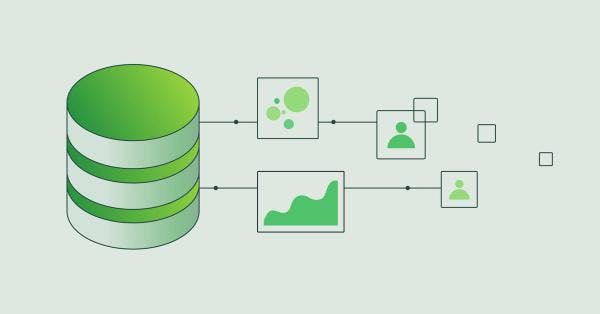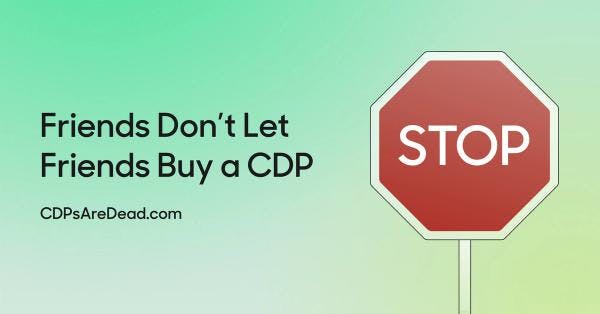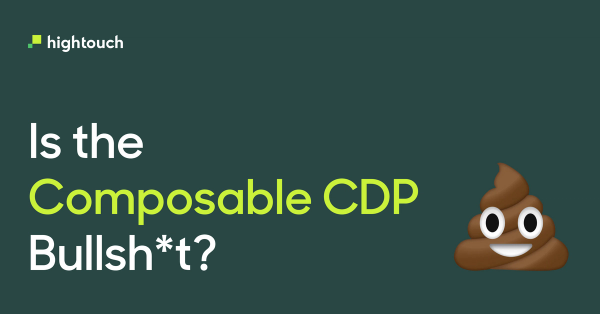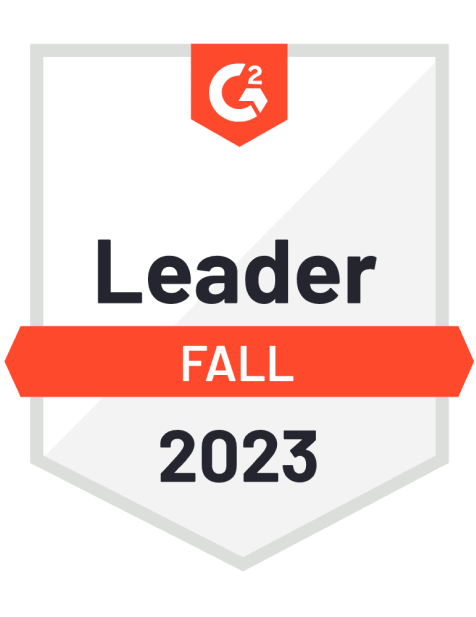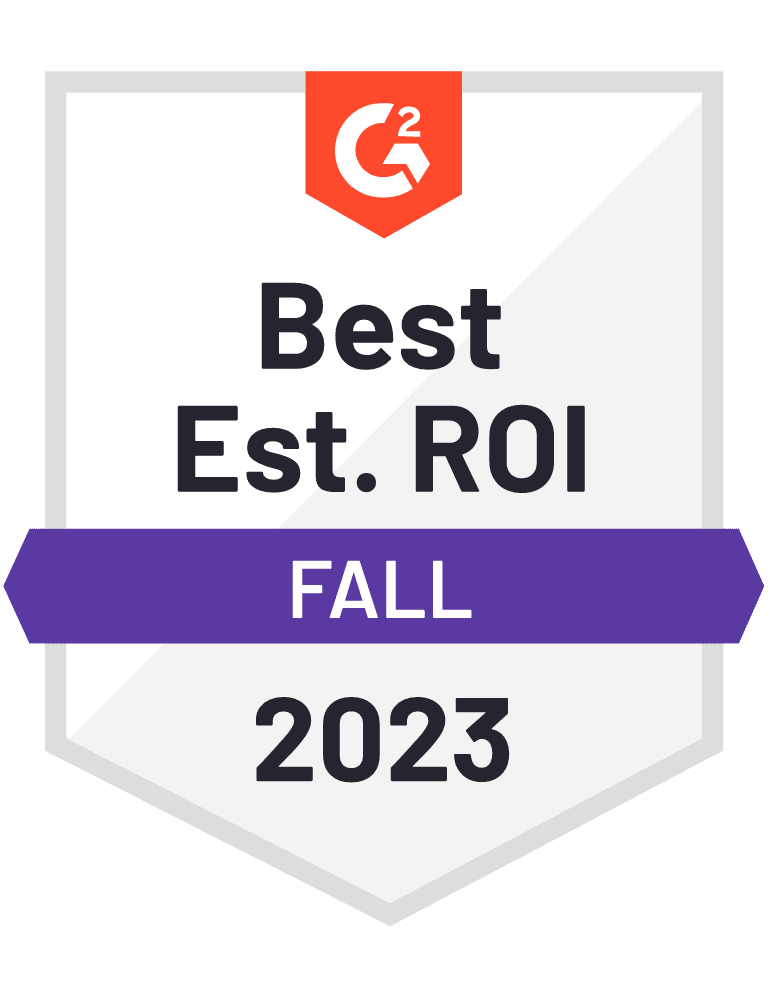Why Calendly Switched to a Composable CDP for Personalization and PLG with Hightouch
Our traditional CDP couldn’t handle the complex use cases we needed to solve for personalization, so we implemented a Composable CDP.

Omar Mayar

Darren Chait
January 9, 2024
6 minutes
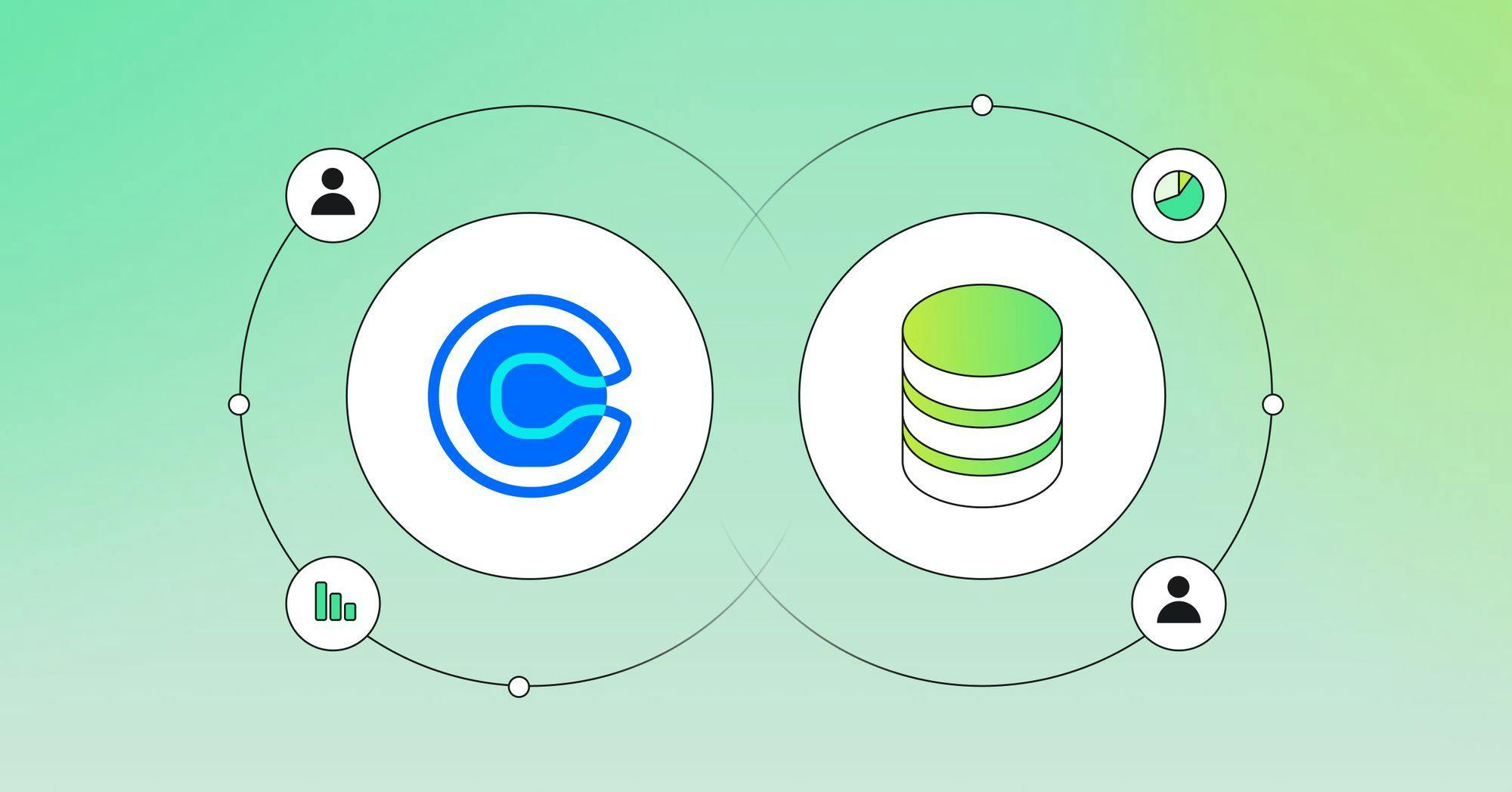
Most people would think our job here as a Growth team at Calendly should be relatively straightforward: We have a great product-led growth (PLG) model, so shouldn’t new user growth just take care of itself? People believe that, with PLG, just because you offer a free version of your product, people will use it. That may be true; however, to be a truly successful PLG company, you must continuously personalize and optimize your product experiences to supercharge adoption and utilization.
Figuring out how to deliver personalized experiences to over 20M active users across 230 countries is one of the most difficult challenges we face at Calendly. We’re constantly trying to learn from customer behavior and create experiences that help our users get more value from our platform. We’ve relied on a traditional Customer Data Platform (CDP) to power this personalization for years. However, as we’ve continued to scale and our data infrastructure has evolved, relying on a black-box solution has made it increasingly difficult to solve our ever-evolving use cases.
In this blog post, we’ll share why our team adopted a Composable CDP to power our personalization and growth efforts.
The Problem With Our CDP
At Calendly, we use Segment, a traditional CDP, to collect behavioral events from our website, mobile app, and browser extension. It allows us to track behaviors like page views, signups, meeting invites, meetings scheduled, and many other actions. Collecting this data helps us understand how users interact with our platform so that we can deliver more personalized experiences in our product as well as across our marketing channels.
We quickly found that using a traditional CDP was insufficient for our early behavioral event collection needs, it greatly limited our ability to scale when it came to our modeling and activation needs–especially alongside the work that our data teams were investing in our cloud data warehouse, Google BigQuery. For us, this pain manifested in several ways:
- Limited Data: The data available in our traditional CDP was confined strictly to behavioral events. However, our understanding of users extends beyond these. Thanks to our comprehensive infrastructure, we gather various data spanning customer success, sales, finance, marketing, and more, giving us a wider view of our customers and the overall business. All these data streams are centralized in our data warehouse for analytics and modeling–yet our enterprise CDP could still only utilize the behavioral events it collected.
- Inflexible Schema Structure: Traditional CDPs often serve as effective solutions during the initial phase of event collection. However, as a business expands and evolves, the lack of flexibility in these systems becomes increasingly apparent. As we grew, we quickly saw the necessity for a system that would allow us to customize our own data model to align with our unique business objectives rather than force us to conform to the rigid structure of the CDP.
- MTU Expense: Our CDP bill was directly linked to our total number of monthly tracked users (MTUs). With a product like Calendly, we very often deal with large spikes of anonymous traffic that may not be incredibly valuable to us. We wanted to find a solution that billed us on a metric aligned more with value while allowing us to reduce our overall costs.
Given the above pains, we began looking for an alternative solution. We wanted a more flexible solution to act as our CDP. We knew that if we could find a way to centralize all our data in the data warehouse and then sync it to our destinations, we could drastically reduce our platform costs, unlock far greater flexibility, and radically improve how our teams were able to use our data to drive growth across the business.
Transitioning to a Composable CDP
Our search quickly led us to a Composable CDP and Hightouch. Like a traditional CDP, the solution allows you to collect events, create user profiles, and activate data across many tools. This approach was so desirable because the architecture centers around the data warehouse rather than a separate CDP data store. This would allow us to use all of our data in BigQuery while unlocking far greater flexibility and security around managing our data.
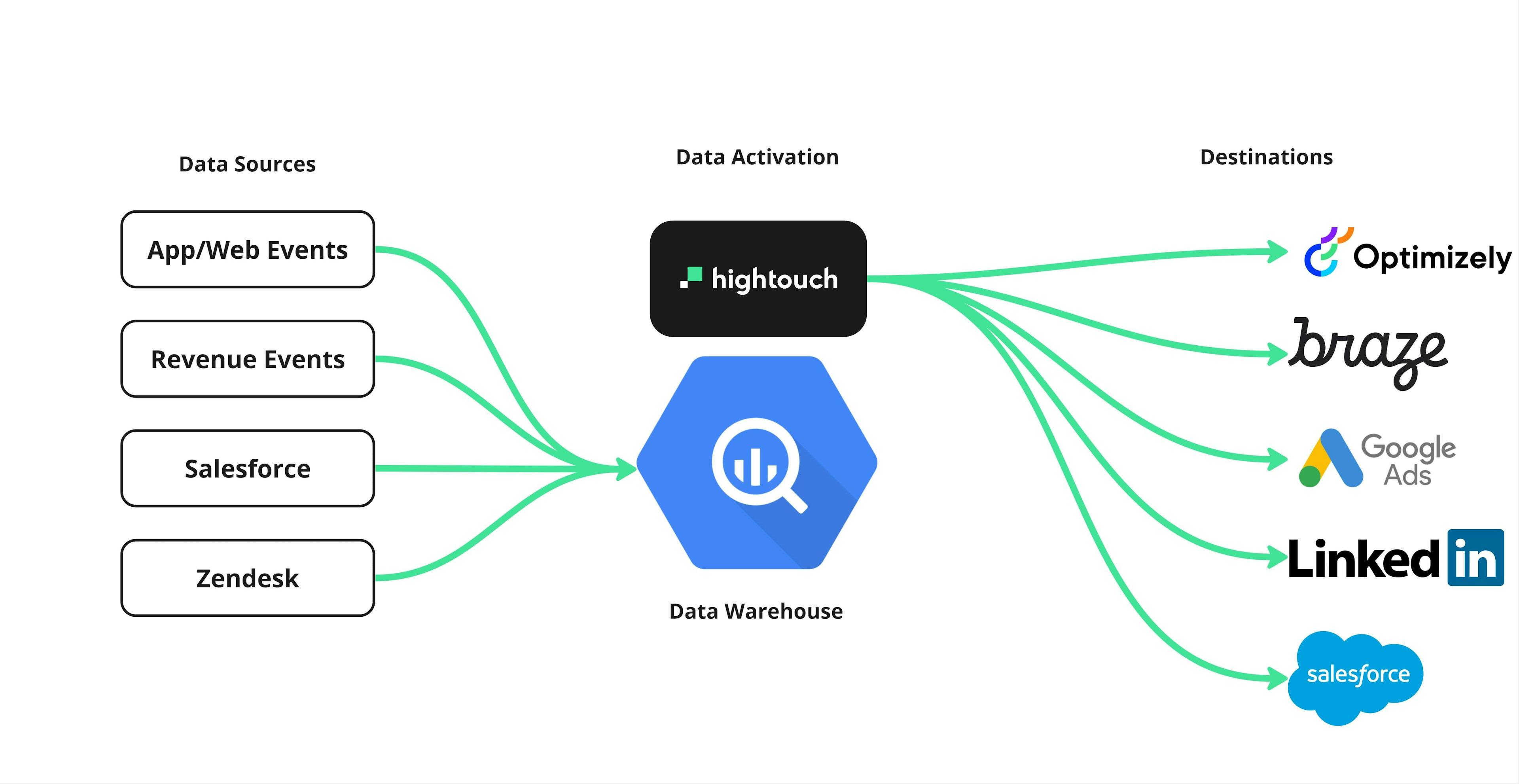
Getting started with Hightouch was surprisingly simple. Since our data was already stored in BigQuery, implementation and onboarding took less than a day. After connecting the warehouse as a data source and defining our data model, our data team could immediately begin using Reverse ETL to activate data from BigQuery to our many tools.
Even more importantly, our marketers could immediately access a suite of no-code tools via Customer Studio to build audiences–using all of the valuable data stored in BigQuery. Gone are the days of waiting on data pulls or complex queries to run experiments. Our marketing teams have everything they need to self-serve their data needs.
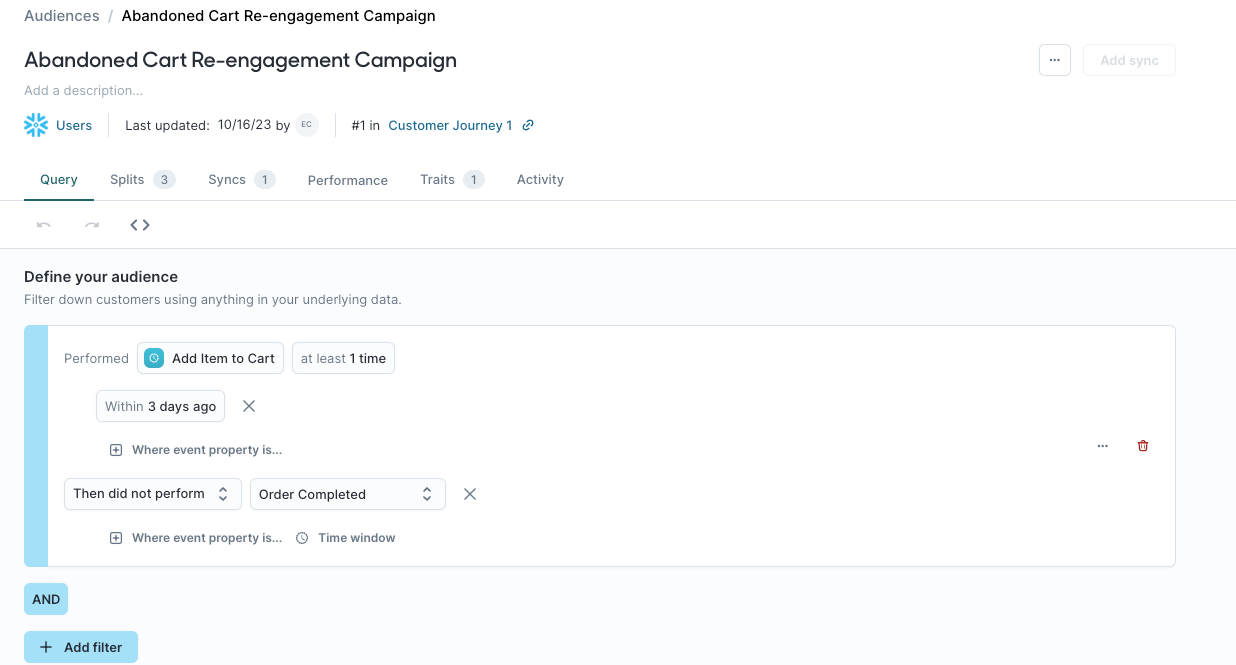
The Impact…
With Hightouch integrated with BigQuery and the team fully onboarded, we’ve achieved far greater operational efficiency by centralizing our activation, analytics, and modeling in the data warehouse. Our data and marketing teams can now work off of one central store of customer data and no longer need to set up custom event pipelines to simply utilize a new data point or attribute. Now, if we simply click a few buttons to add new data points to our models, all of that data is available for our marketing team to self-serve and utilize within their experiments and marketing audiences.
The schema flexibility has also allowed us to launch new experiences with ease. One of the best examples of this has been our end-of-year campaign. Like Spotify Wrapped, the campaign utilizes all of the user’s product engagement data across the year and shares a deep dive, informing them of how much they’ve used Calendly. This type of campaign is easy to create as our data team simply aggregates the stats into a dbt model in BigQuery that is then activated to Braze with Hightouch.

Ok, this sounds cool in practice, but what have been the tangible benefits of this new composable architecture powered by Hightouch? First and foremost, we’ve drastically reduced our CDP costs because we no longer have to pay for unnecessary MTUs, which has led to a 15-20% reduction in MTUs. We’ve also seen a 16% increase in our user activation rate from our highly personalized emails.
The Road Ahead
Our journey with the Composable CDP is just beginning. Our next initiative is to explore deeper integrations and advanced analytics capabilities to further personalize our user experience and streamline operational processes. We plan to leverage the rich insights gained from our BigQuery data to innovate and refine our product offerings, ensuring Calendly continues to offer the best possible user experience. Additionally, we're excited to experiment with new marketing strategies and data-driven initiatives that can drive even more significant growth and customer satisfaction.
If you’re interested in learning how else Calendly leverages Hightouch, check out the full case study to see the actual use cases we drive.
